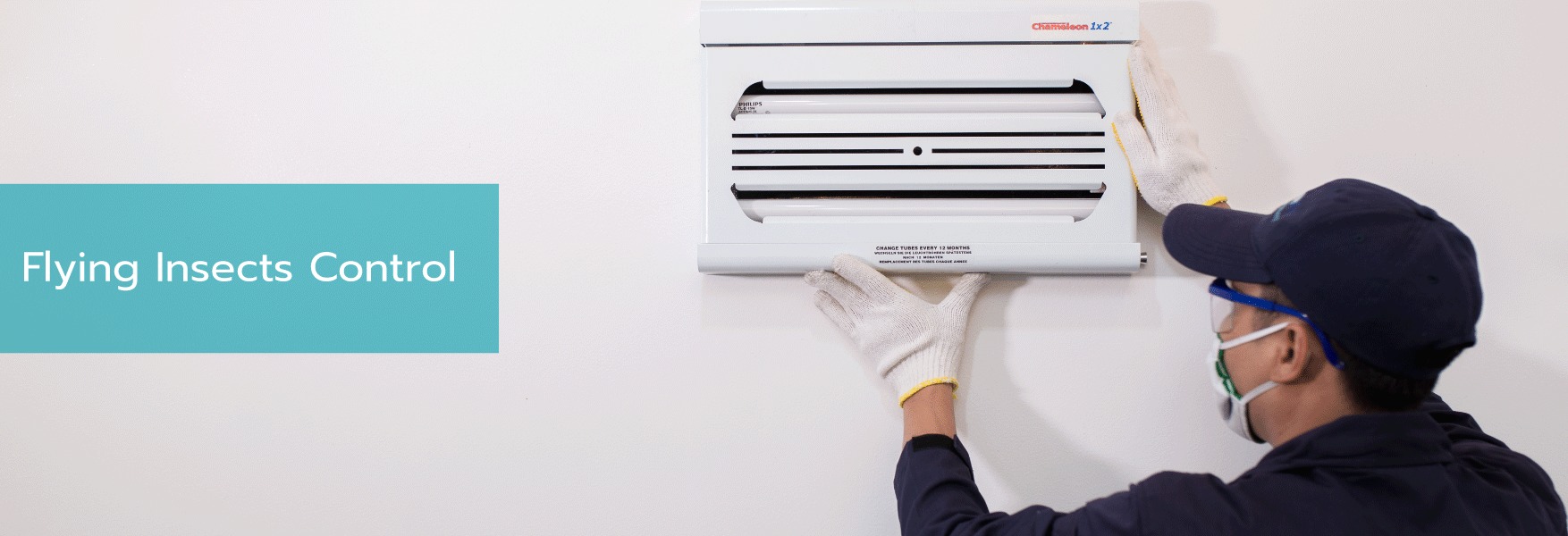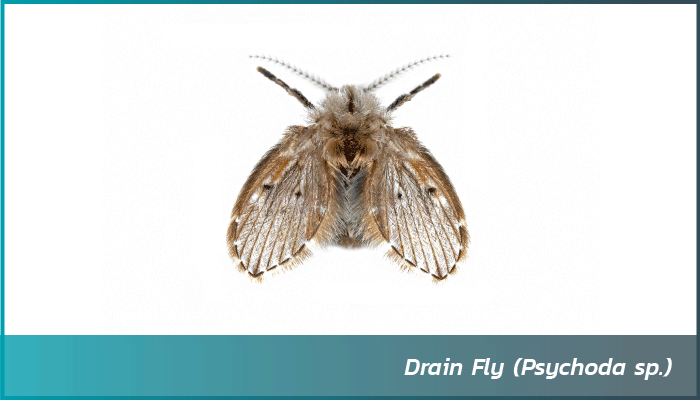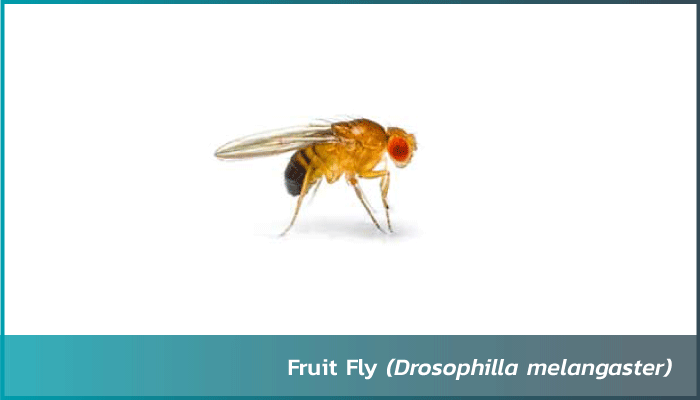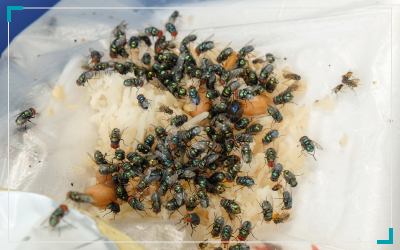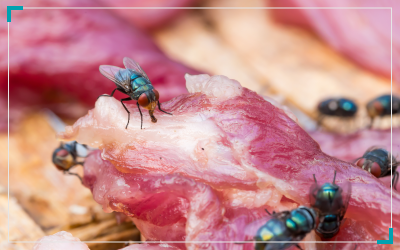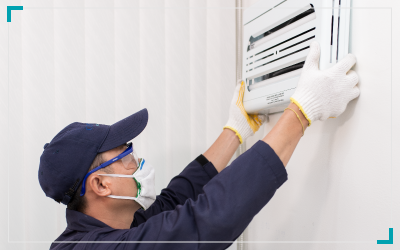Flying Insects Management
Flies such as Houseflies, Flesh flies, Fruit flies and Drain flies are some of the most common and
annoying flying insects that can be spotted around your house or business.
They thrive in warm, moist conditions and are especially attracted to decaying organic matters or
overripe food such as faeces, carcasses, fruits, etc. Due to their preference for unhygienic environments,
flies are known to transmit diseases caused by harmful germs and bacteria such as Salmonella and E. Coli.
Thus, contaminating your products and put your business reputation at risk.


